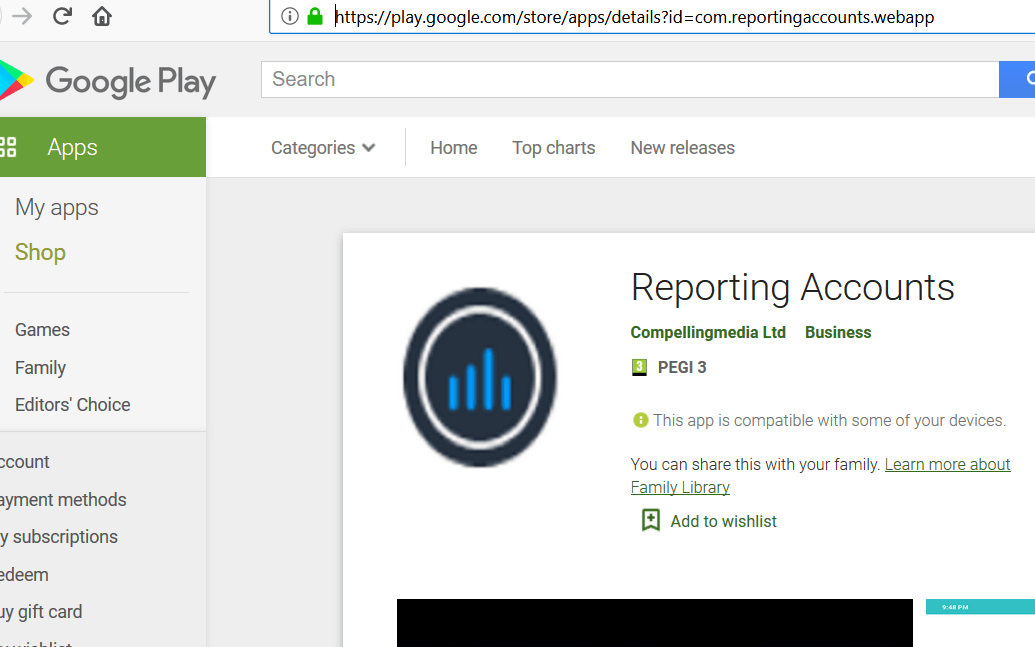
IR 35 and IT contractors
The IT sector is in for a big shakeup in April 2020 as the rules for how contractors get paid is changing significantly. Previously it was standard practice for someone in the IT sector to charge themselves out on a daily or hourly rate and pay themselves either on a self-employed basis or through a company taking dividends instead of being paid via PAYE.
The Government has already cracked down on the public sector using this sort of approach and is now extending the same rules known as IR35 to the private sector or at least all companies except for what are known as small ones.
This means that unless your role truly is as a consultant to many different companies that employ you as an external advisor and not in any way a company officer then you have to get paid via PAYE, either on the companies payroll or via one of the many umbrella payroll service companies.
Some popular ones include
1st Choice Umbrella
Churchhill Knight Umbrella
Brookson One
These offer their own portals where you can login and self manage things.
As a lot of IT professionals are highly paid this means there will be a lot more people paying the 40% and 45% rates than previously. Another disadvantage of being paid through PAYE is that you can't deduct expenses for travel to work.
There are positives which include NIC contributions ensuring you get a full state pension, having to be part of auto-enrolment and having a reasonable private pension in addition to the state one.It really will be interesting to see just how many previous contractors give up their companies and fold over into being on the payroll like everyone else!
The change reduces flexbibilty for employees and subcontractors and potentially limits the competitiveness of the UK against other countries.
Update
In March 2020 the change to IR35 was postponed due to the Covid pandemic, this came too late for many contractors but for those still working it means some very helpful breathing space.
Bio - Adrian is the CEO of reportingaccounts his work can also be found on the Windows.net website



